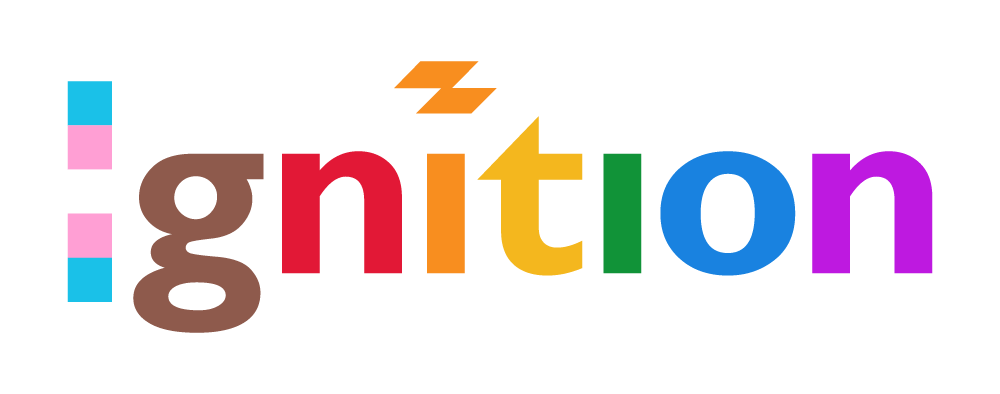Mobile Device Management (MDM) is the best invention in the history of humankind (probably). Not just because it keeps your corporate data safe and secure. Not just because it allows you to onboard and offboard easily and safely. And not even because it enables your people to access the tools and platforms they need to do their job wherever they are in the world. It’s because you can do all this from your comfy armchair.
MDM is becoming a juicy must-have now that remote, hybrid, and BYOD working is the norm. MDM is a multi-faceted tool packed to the eyeballs with functionality, so make sure that you get the best out of it. Let’s take a look at the top mobile device management best practices.
Your Top Three Mobile Device Management Best Practices:
# 1. Use MDM as Your IT Asset Register
Yep, you thought we would start with something a lot sexier than this. But IT asset registers (or IT asset inventories: they go by many names) are business blessings that are helpful to an almost laughable array of corporate departments: HR, Buying, Accounts, Legal, as well as your own IT team.
Your MDM dashboard (a.k.a. Fleet Sheet in Ignition IT speak) functions as an almost-perfect IT asset register. It will give you, in real-time, an at-a-glance overview of your entire mobile fleet, with useful info such as:
- When your devices were last accessed, and by whom.
- Where your devices are now, and where they’ve been.
- Device details such as serial number, OS version, RAM, and disk size.
- When they were bought and when warranties end.
- The software and apps installed and/or running.
- Encryption details.
You’ll also be able to drill down to weird issues with individual devices, such as: “Why is that CPU doing pull-ups? Is Cory downloading some chunky apps again?”
Use your MDM dashboard to:
Demonstrate Compliance
You'll need an asset register if you’re attempting to gain (or keep) accreditation with data security compliance frameworks like SOC 2, GDPR, or ISO 27001. This is because the detailed, comprehensive records and audit trails your asset register gives you demonstrate that you’re compliant with many of the requirements. For example, just by having an asset register, you can check off most of the controls demanded by ISO 27001 Annex 8.
Device Lifecycle Management
Your IT asset register takes the guesswork from device lifecycle management. It will tell you which devices are getting old and creaky. This means that you can plan for, budget for, and schedule replacements effectively and accurately.
Save Money
Your asset register keeps your CFO smiling weirdly because you’ll avoid a heck of a lot of wasted expenditure. For instance, you’ll know which devices are spare, so you can redeploy them, rather than buy new devices that you don’t actually need. You’ll also be able to check whether there are software licenses that no one’s using sitting on the devices. No need to renew those bad boys!
# 2. Reduce Human Error
One of the joys of MDM is that it automates pretty much anything that can be automated. Data security automation is its specialty, and this means it’s your go-to tool to reduce the risk of data breaches through human error, laziness, and idiocy.
To minimize human error, set up these data security best practices:
Remote Lock and Wipe
If you’ve ever lost anything—your purse, your keys, one of the kids—you’ll know that this is just a part of the human condition. MDM’s remote lock and wipe function prevents your mobile fleet from becoming victims of that human condition. If Liam in Sales leaves his corporate iPad at the rest stop again, you can keep the data safe by remotely locking the device, or wiping the data.
Automated Disk Encryption
Why bother doing four years’ study at Hacker University to hack into a secure network, when it’s so much easier to steal data from an unencrypted device?
Encryption is super-important in cybersecurity, because it converts data into drivel, unreadable to anyone who doesn’t have the secret code to turn it back into data. And because it’s automated (there’s a hint in the name) automated disk encryption means your team doesn't have to worry about manually encrypting data on the fly.
MDM has the flexibility to serve up automated disk and file encryption in all the flavors. FileVault is Apple’s version of disk encryption, baked into MacOS, whereas BitLocker is Microsoft’s baby, built into Windows.
Forced Security
An out-of-date OS is a data breach waiting to happen. There are many fun things in life, but taking the time to update an OS when you’re on a deadline isn’t one of them. That’s why your team will let an OS update slide, if you let them. Luckily, MDM allows you to monitor and enforce OS updates, so that your team can’t do anything until their device is good’n’updated. You can also enforce passcodes, screen locks, and block access to unsecured WIFI. It’s tough love, but worth it.
Password Management
Give yourself extra points by tacking on Cloud Single Sign-On (Cloud SSO) to your MDM. If your people use many cloud-based platforms, such as Slack or Dropbox, Cloud SSO is a strong and single point of access to their work tools, and gives them just one password and username to mess up, rather than a dozen. Multi-factor authentication strengthens the Cloud SSO front door even more.
Web Filtering
Risky websites and annoying pop-ups are the twin gateways to cyber attacks. It's easy for an unsuspecting or bored team member to click before thinking. Web filtering blocks your team’s access to these demons. Sorted.
# 3. Automate Onboarding
One of the star features of MDM is its uncanny ability to streamline the onboarding process, so, when you’re welcoming new people to your team, it’s best practice to use it. Here’s why:
It’s Fast
You’ll get your new team member up and running in less than twenty minutes. They’ll have access to the tools and colleagues they need to get productive quickly, and, what’s more, they’ll be under the impression they’ve joined an effective, switched-on organization.
It’s Global
MDM allows you to recruit safely from anywhere. It gives HR a bigger pot of talent to choose from, and an opportunity to identify and hire rare skills. Need a sales rep in Mongolia? You got it. Want to include someone with Malaysian expertise on your app development team? No problem. MDM frees you up to develop your business in the direction you want.
It’s Flexible
If your business relies on seasonal recruitment or temporary workers, MDM gives you the flexibility to onboard and offboard quickly and safely.
MDM is such a versatile and business-friendly resource that it’s a no-brainer to take advantage of its full capabilities.
If you’re already enjoying MDM, we’d be delighted to help you take advantage of all the mobile device management best practices you can eat. Give us a call. We’re here to help.
